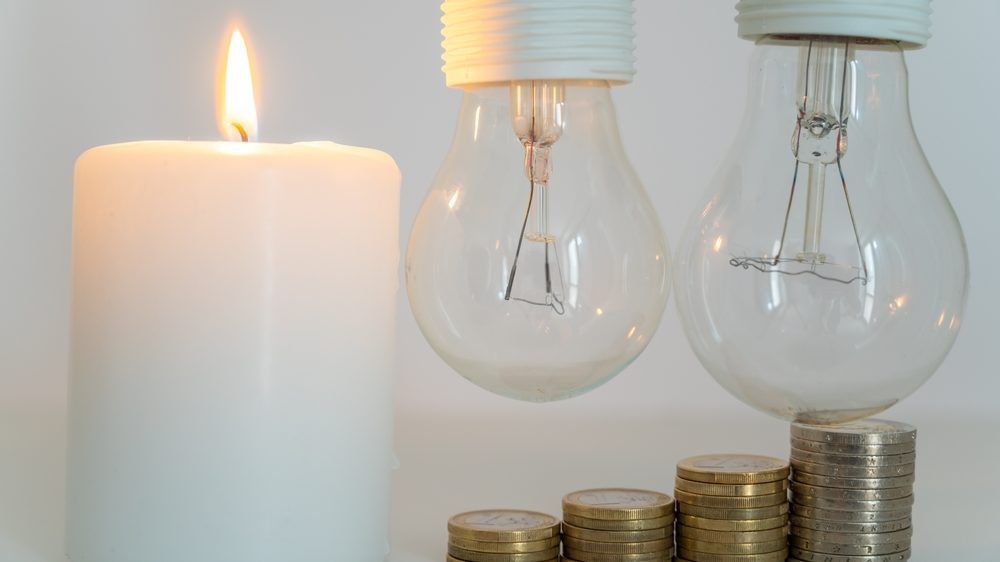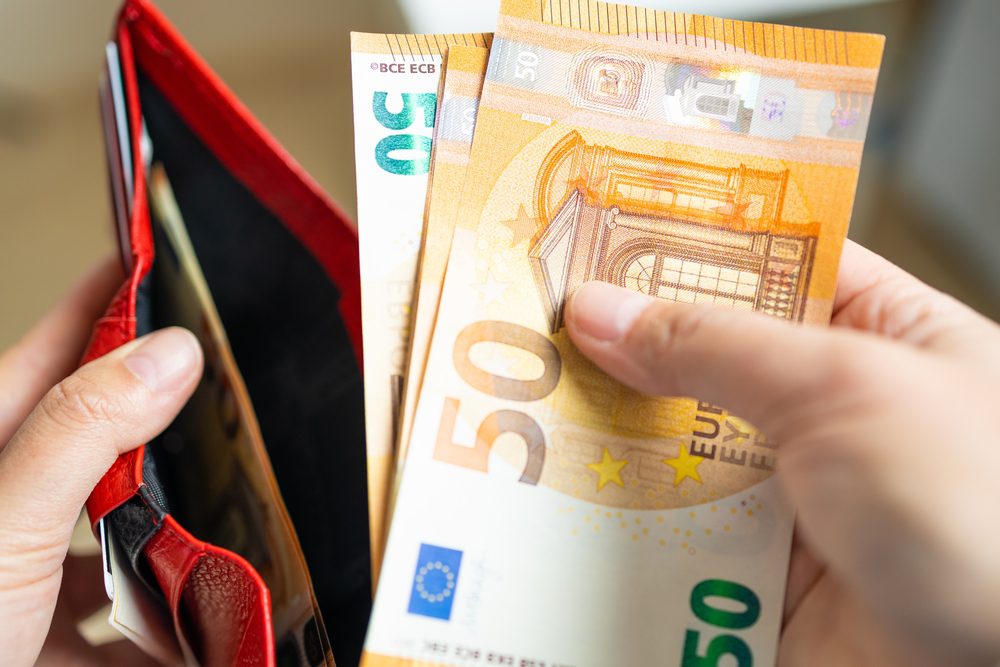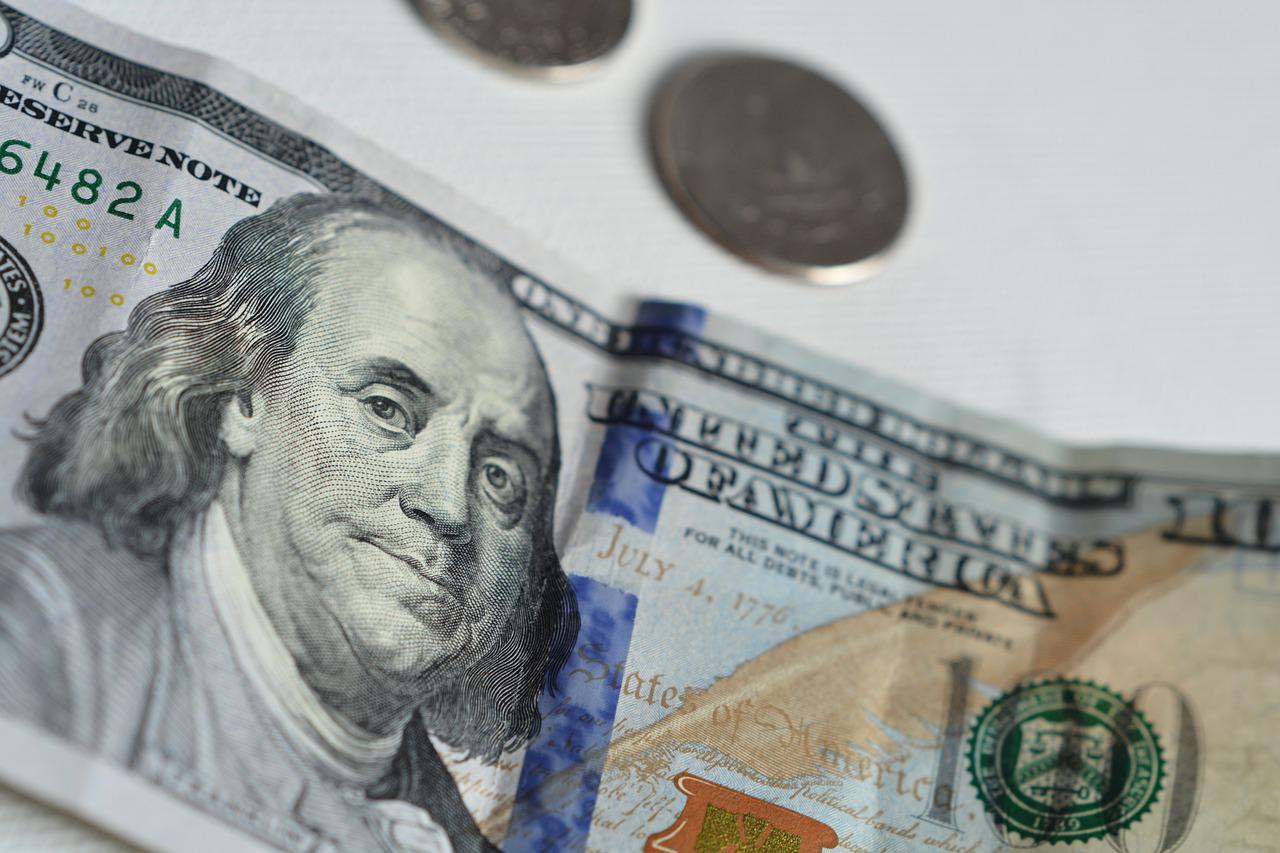
Energy, Inflation, and Taxes
This essay may not be a plug-and-play survival guide to inflation, but it should help to explain where you can go and what information you can find, in order to educate yourself on inflation, specifically energy costs.

This essay may not be a plug-and-play survival guide to inflation, but it should help to explain where you can go and what information you can find, in order to educate yourself on inflation, specifically energy costs.

From 2021 to 2022, youth unemployment declined from 16.3% to 14.2% in the euro zone and from 16.1% to 14.0% in the EU.

Government officials have carefully ignored the need for more fiscal conservatism. Looking at the threat of a new debt crisis, investors and taxpayers alike expect nothing more spectacular from their current leaders than a new round of put-out-the-fire austerity packages.

The inflation rate dropped from June to July in five countries.

Inflation in energy prices are showing signs of stabilizing; consumer-price inflation is near or at its peak.

Bloomberg suggests that consumers “sitting on 700 billion-euro ($753 billion) cash” is reason enough to predict macroeconomic resiliency in Europe, but this report is contradicted by findings by Eurostat on retail trade in the euro area and the EU as a whole.

A new debt crisis looks unavoidable. There is practically no interest in fiscal reforms across Europe, leaving the continent vulnerable to a destructive downward spiral of rising interest rates and structural budget deficits.

The numbers for the first quarter of this year were released by the Bureau of Economic Analysis showing a 30%-percent rise in revenue for the U.S. federal government over the pre-pandemic first quarter of 2019.

The EU inflation rate rose at varying rates from March to April, from 5.4% in France and Malta to 19.1% in Estonia.

While the U.S. has its economic problems, the runaway government debt being an ominous example, its unending reliance on domestic spending for domestic prosperity is a winning recipe over time.